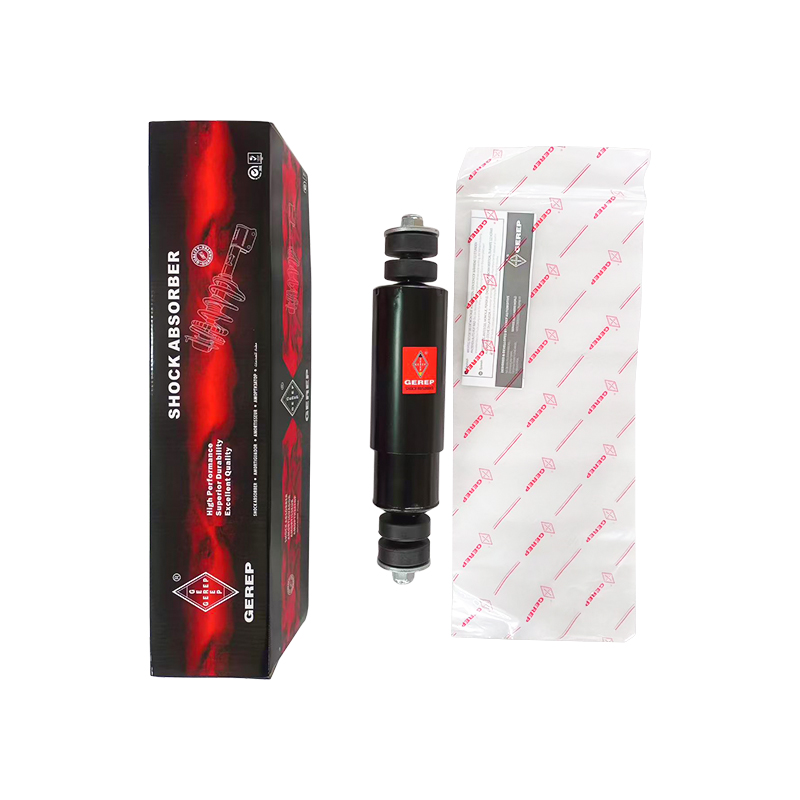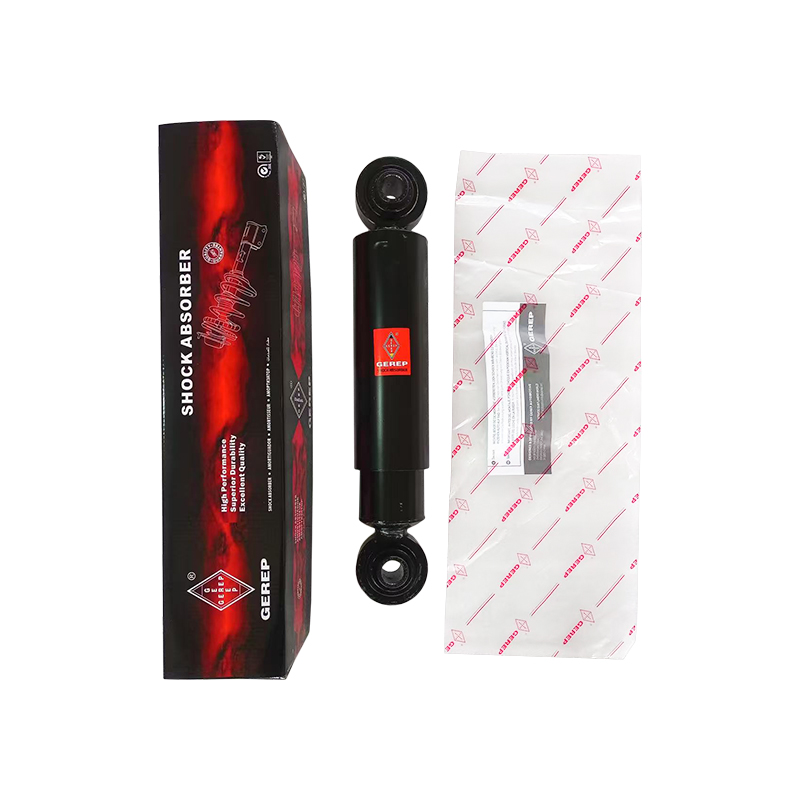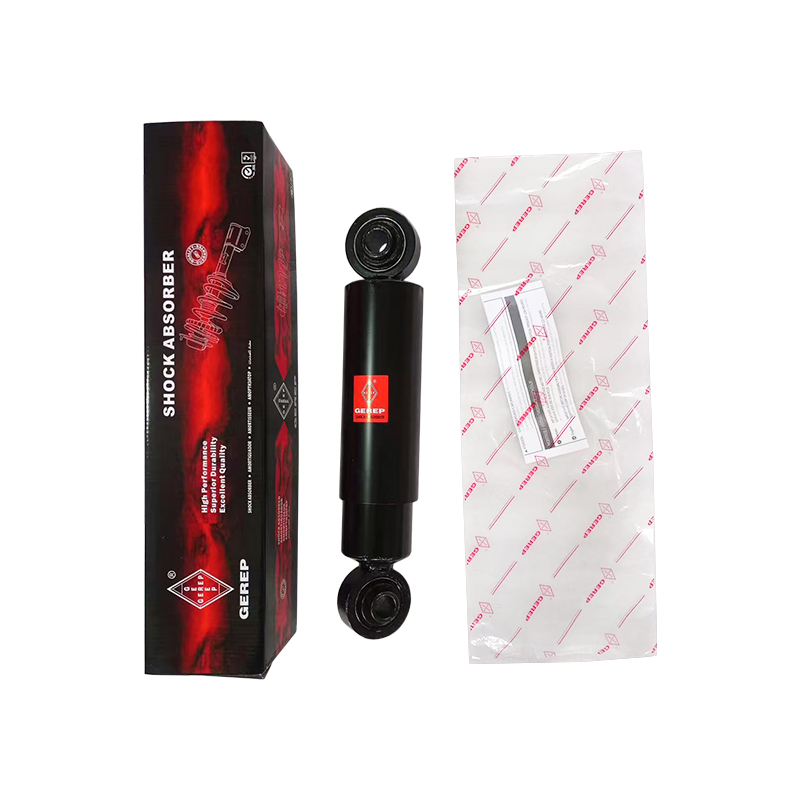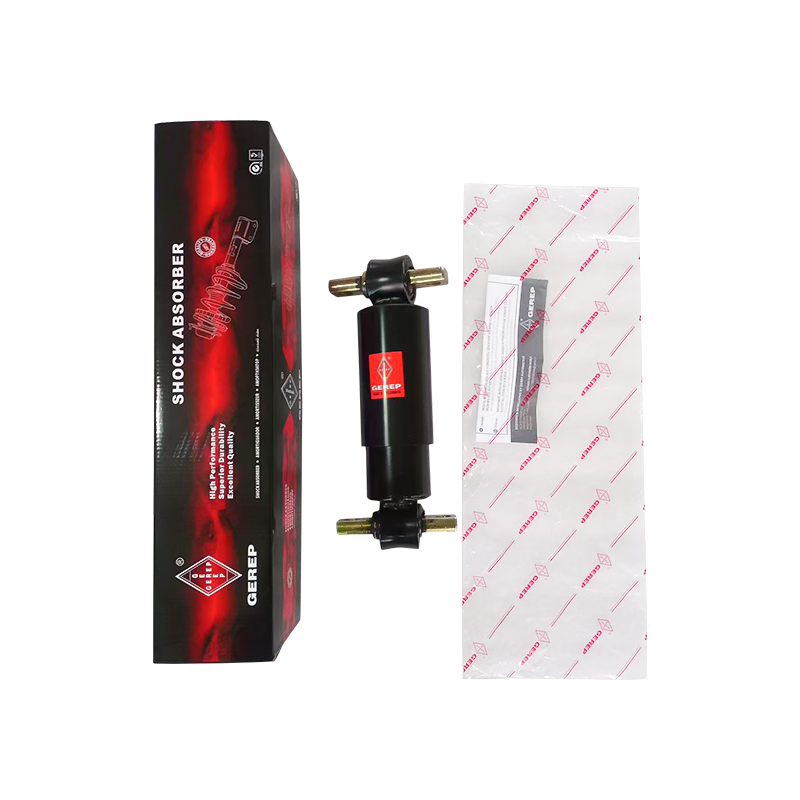In the modern automotive industry, the suspension system not only determines a vehicle's handling and comfort but also directly impacts driving safety and overall performance. Automotive Suspension Europe's development a...
READ MORE-
-
In the modern automotive industry, driving comfort and stability are increasingly important for passenger cars, and the performance of the rear suspension system directly impacts the vehicle's overall performance. As an ...
READ MORE -
In modern automotive engineering and high-end vehicle customization, high-performance shock absorbers have become a crucial component influencing vehicle handling, comfort, safety, and sporty performance. As the automoti...
READ MORE
How do Road Train Shock Absorbers ensure long-distance transportation safety in the face of complex road conditions?
In the field of long-distance transportation, especially in road train transportation, how to ensure the safety and stability of driving in the face of complex and changeable road conditions has become a crucial issue. Among them, road train shock absorbers play an indispensable role.
Long-distance transportation usually means that vehicles need to travel under different terrains, climates and traffic conditions. These complex road conditions include but are not limited to rugged mountain roads, slippery rain and snow roads, and congestion and frequent stops and starts in cities. These challenges not only test the skills of the driver, but also place extremely high demands on the vehicle's suspension system and shock absorbers.
The main function of road train shock absorbers is to absorb and disperse the impact and vibration caused by uneven roads or emergencies during the vehicle's driving. Through damping, they convert the dynamic force between the tire and the ground into heat energy, thereby effectively reducing the vibration and bumps of the vehicle and improving the stability of driving and riding comfort.
In long-distance transportation, the role of shock absorbers is particularly significant. They not only protect the vehicle's suspension system and body structure from excessive wear and damage, but also ensure that the vehicle can maintain good handling and stability under various road conditions. This is of great significance for improving transportation efficiency, reducing accident risks and ensuring cargo safety.
Technical features of road train shock absorbers
In order to meet the challenges of complex road conditions, road train shock absorbers are usually designed with a series of advanced technical features. These features include but are not limited to:
Adjustable damping: Some high-end shock absorbers have adjustable damping functions, and the driver can adjust the damping value of the shock absorber according to road conditions and load conditions to achieve the best driving effect.
High-strength materials: Shock absorbers are usually made of high-strength, corrosion-resistant materials to ensure good performance in harsh environments.
Multiple shock absorption technology: Some advanced shock absorbers use multiple shock absorption technologies, such as oil-gas separation, fluid dynamics, etc., to further improve shock absorption and durability.
Intelligent monitoring: With the development of technology, some road trains have begun to be equipped with intelligent shock absorption systems, which monitor vehicle status and road conditions in real time through sensors, and automatically adjust the settings of shock absorbers to optimize driving performance.
Although road train shock absorbers play an important role in ensuring long-distance transportation safety, their performance will gradually decline over time and with changes in usage conditions. Therefore, regular maintenance and care of shock absorbers is the key to ensuring their long-term stable operation.
Maintenance work usually includes checking the appearance of the shock absorber for damage, oil leakage or corrosion, and measuring whether the damping value of the shock absorber meets the requirements. If problems are found, the shock absorber should be replaced or repaired in time to avoid potential safety hazards.
The driver should also pay attention to the driving status of the vehicle during driving. If the vehicle is found to be obviously bumpy or unstable, it should be stopped immediately to check whether the shock absorber is working properly.
 EN
EN  English
English Español
Español






 +86-13757453333
+86-13757453333  +86-572-8355557
+86-572-8355557  Caroline@gerep.cn
Caroline@gerep.cn  No. 36, South Zhenxing Rd., Zhongguan Town, Deqing County, Huzhou, Zhejiang, China
No. 36, South Zhenxing Rd., Zhongguan Town, Deqing County, Huzhou, Zhejiang, China 